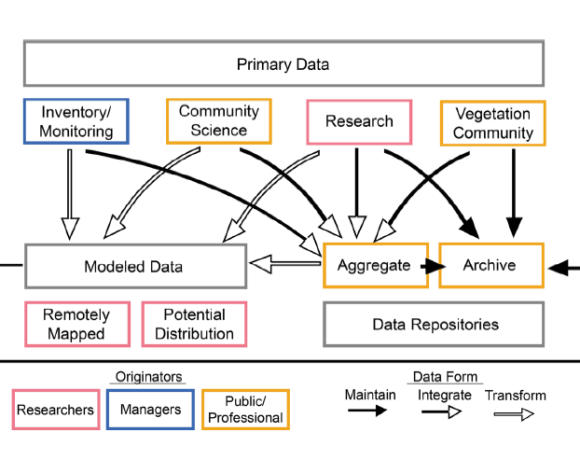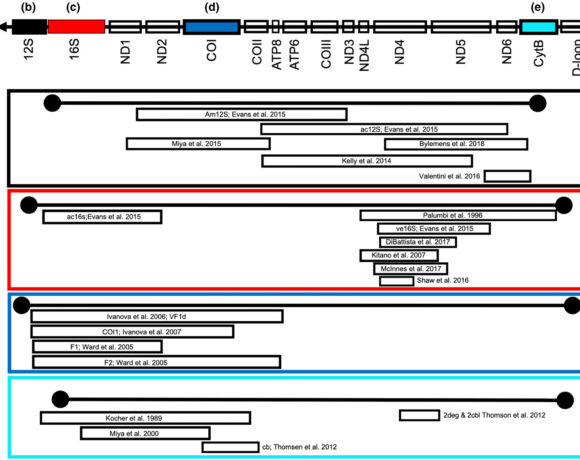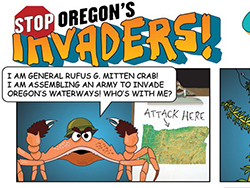Nuclear eDNA estimates population allele frequencies and abundance in experimental mesocosms and field samples
All organisms are constantly shedding fragments of DNA, but what might seem like useless genetic material is in fact a way to detect not only the presence, but now also the abundance of invasive species– using environmental DNA, or eDNA, technologies. Where other studies have used the amount of DNA fragments in a sample to estimate the relative abundance of different organisms (assuming that the more abundant species shed more DNA into the water), a recent study looked at whether the absolute abundance of one fish species– the invasive round goby (Neogobius melanostomus)– could be estimated by looking at specific alleles– the different versions of a gene– in isolated sections of nuclear DNA. The researchers sampled eDNA from tanks containing 1, 3, 5, or 10 round gobies, as well as water samples from round goby populations in Cayuga Lake (NY). These water samples contained a mixture of DNA from the many different individuals in the population, but by looking at common and unique alleles in that population, they aimed to tease out the individuals and thereby estimate the number of fish present. To assess accuracy, the researchers also compared this data to that of their tanks with a known number of individuals.
So how well does the water sample eDNA represent the actual DNA of the fish? They found that in both the controlled and field eDNA samples, the allele frequencies in the water samples were highly correlated to the DNA of the fish themselves– a promising sign for this quantification technique. As for abundance, they were able to successfully tease out the DNA from up to 58 fish in a mixture.
Take-home points:
- By targeting nuclear DNA to assess the genetics of a population, the researchers were able to estimate the number of unique individuals of an invasive species through a water sample.
- This method using nuclear microsatellites is an expansion on the previous technique of estimating species abundance from eDNA based on the relative abundance of eDNA in a water sample.
- There is an important balance to strike in this analysis; the difference between individuals may be unique and less common (lower frequency) alleles, however noise from the sequencing process can make unique alleles appear when one is not truly there. That means the key is to have enough alleles to identify individuals, without having the false alleles. The researchers found a threshold that varied based on the richness of alleles gave the most accurate results.
- The utility of this approach will depend on a) the genetic diversity of a given species, and b) the density of individuals in a given sample (the greater the number of individuals, the harder they are to pick out)
Management implications:
- Being able to sample water, identify invasive species, and measure abundance are all key to early detection and rapid response: this study shows the future use of eDNA to advance these efforts.
- These noninvasive methods can also be applied to detect rare or elusive species for conservation goals, and population-genetics information gathered through this approach can inform conservation decisions and goals.













